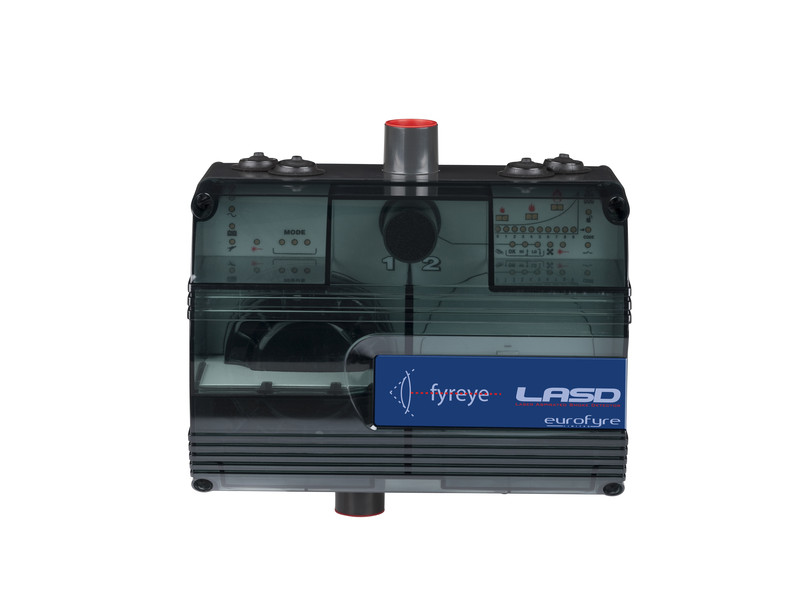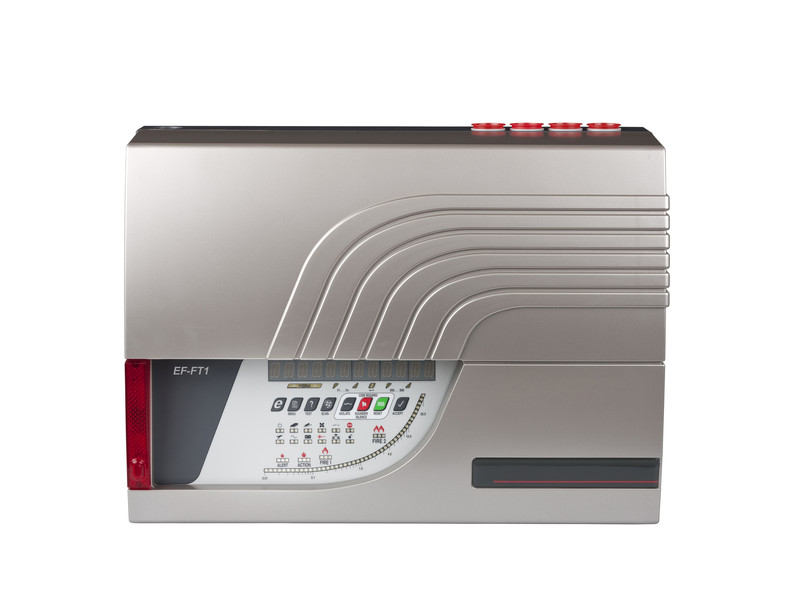A telecommunication exchange is a central system of switches and other equipment used to connect phone calls. One of the most basic functions of a telephone is its use in the public switched telephone network which provides connections internationally. Therefore, most telecommunication exchanges have the ability to provide a connection for a range of different networks such as cables, telephone lines and satellites.
New York Telecommunication Exchange Fire, 1975
One of the biggest telecommunication exchange fires in history happened on 27th February 1975 in New York City. The fire broke out in the telephone switching centre and temporarily knocked out services for over 150,000 phones in the lower east side of Manhattan. Many phone calls to the fire department were missed as the systems used to connect individual phones were destroyed.
PVC telephone cables used to connect the communication systems fueled the fire, causing it to spread quickly to the higher levels of the building cutting off nearly every connection to the New York Fire Department at 12:55 am. As a result, residents had to activate a street alarm in order to alert the fire brigade. Fortunately, this worked and the fire was under control within a few hours.
The fire had already spread immensely by the time firefighters arrived on the scene and large amounts of smoke from cables covered in polyvinyl chloride (PVC) caused many complications. This resulted in injuries and left firefighters in need of treatment at a local hospital.
The main distribution frame which housed the connecting equipment, 12 exchanges and 5 toll switching machines, was unrecoverable and phone lines were down for quite some time.
It took 5,000 employees working together to restore service at the telecommunications exchange and a main distribution framework need to be shipped in. This process normally takes 6 months to be shipped and installed, yet for Manhattan, it only took four days and service was back up and running 24 days later.
What are the Fire Risks Associated with Telecommunication Exchanges?
There are many risks associated with telecommunication exchanges. They can contain masses of electrical equipment and miles of cabling, all of which are at risk of overheating if not properly maintained. Electrical equipment, and frayed electrical cables can also set alight nearby flammable materials.
On top of all this a fire in a telecommunication exchange can cause major disruption to telephone lines. If telephone lines go down it makes contacting emergency services near impossible meaning the fire can spread further, not only putting the lives of employees and visitors to the building at risk, but also the lives of passers by and local residents.
The Importance of a Reliable Fire Alarm System
With the costly equipment present in a telecommunication exchange, the devastating effects of prolonged downtime and, most importantly, the risk to human life, it goes without saying that an effective and reliable fire alarm system must be in place.
What are the Most Common Systems Used in Telecommunication Exchanges?
Aspirating Smoke Detection is the most suitable fire detection system for telecommunication exchanges due to its ability to provide an extremely early warning of fire.
Aspirating smoke detection is based around a central detection unit which continually draws air through a network of small and unobtrusive pipes. As the air flows through the sampling chamber the detection unit measures the amount of light that is scattered by smoke particles to detect the presence of smoke.
Eurofyre Aspirating Smoke Detectors
Eurofyre’s range of aspirating smoke detection provides a very early warning of fire, allowing alarms to be contained and investigated with minimal interruption to a business. Aspirating smoke detection offers brilliant coverage and powerful performance to suit a range of applications in the most demanding situations.
Eurofyre’s aspirating smoke detectors offer Very Early Warning Smoke Detectors and can reliably detect fire at an early stage at low to high concentrations of smoke over an area of up to 2,000m2.
EF-LASD

The EF-LASD is a high sensitivity, professional air sampling smoke detector designed for the protection of risks requiring class A, B or C design sensitivity. The EF-LASD is available in 1 or 2 pipe versions, each with 2 sets of alarm and 1 set of fault contacts per channel.
EF-FT PICO

The EF-FTP offers dual pipe aspirating smoke detection and is configurable for a range of environments and is therefore the perfect solution for telecommunication exchanges.
EF-FT1

The EF-FT1 aspirating smoke detector is a four pipe aspirating smoke detection, also configurable for a range of applications, including telecommunication exchanges.
To find out more about any of Eurofyre’s fire detection systems feel free to contact Eurofyre on +44 (0)1329 835024 or by email to info@eurofyre.co.uk. For all the latest fire protection news sign up to our newsletter using the form at the bottom of your screen or follow us online on LinkedIn, Twitter, Facebook and Google+ or sign up to our newsletter (in the footer below) to receive all the latest information from Eurofyre.